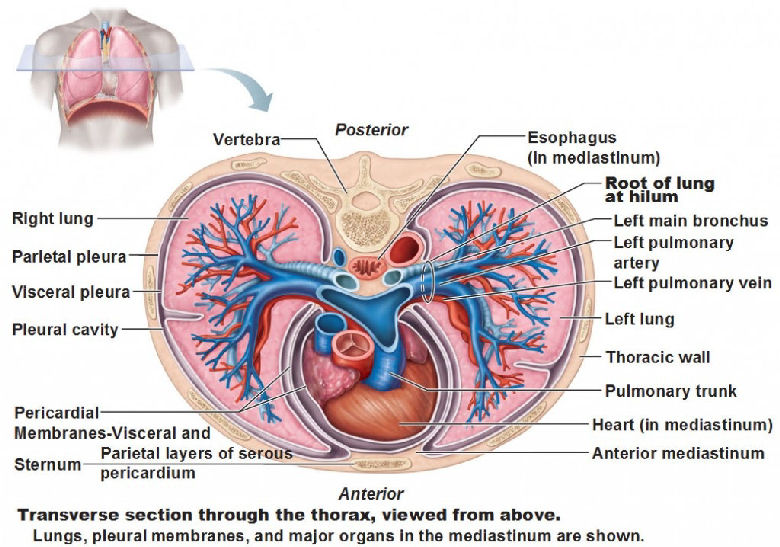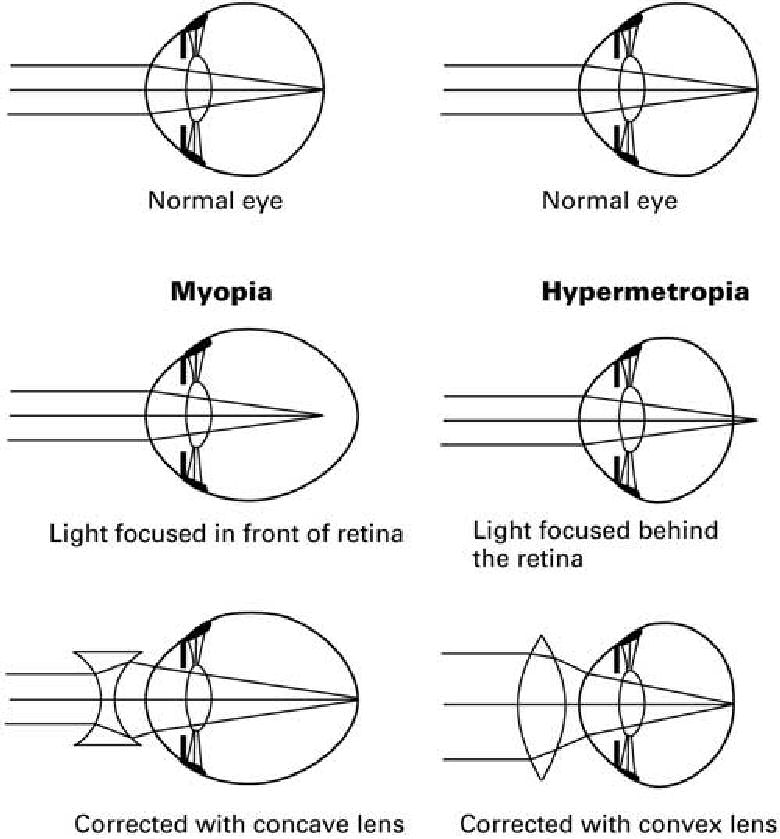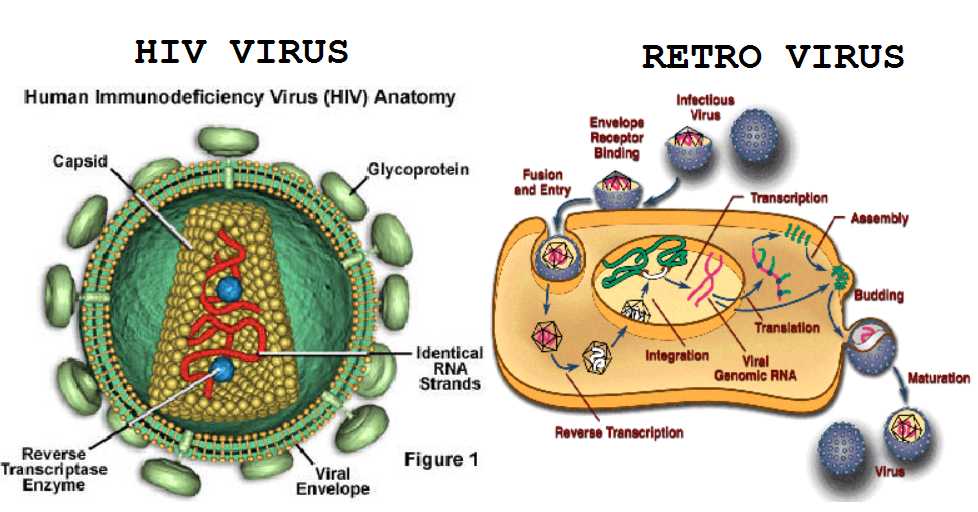228.HOW DO OUR LUNGS WORK?
Man breathes by drawing air into his lungs (inhaling) and letting it out again (exhaling). In breathing, a fresh supply of air is brought into contact in the lung with tissue very rich in blood. In the lung, gases are exchanged between blood and the air.
The lungs are large, soft organs, which fill both sides of the chest cavity. The lung tissue is like a fine sponge in some ways. The spaces, or air sacs, are the pockets where the air is received, the proper gases used, and the unwanted gases forced out.
227.HOW DO EYEGLASSES CORRECT VISION?
Just imagine what life was like for millions of people before eyeglasses were invented! If you were near-sighted and you looked up at night you couldn’t see the stars. You couldn’t see clouds or distant mountains, or birds flying through the air.
Today near-sighted people can see as much as people with normal eyes, because eyeglasses can correct their vision. To begin very simply, we can see because light enters our eye and falls on the retina in the eye, which is like the sensitized plate of a camera. Obviously, if the light falls in back of the retina or in front of it, we won’t be able to see. So the eye has a lens to focus the light and make it fall in the right place.
226.CAN A VIRUS BE SEEN?
A virus is the smallest organism that produces disease. It cannot be seen directly by the ordinary microscope. But this doesn’t mean that science hasn’t been able to study the structure of a virus. Today there these tiny organisms to become visible. And science is able to know quite a bit about the sizes and shapes of various types of viruses by means of the electron microscope.




